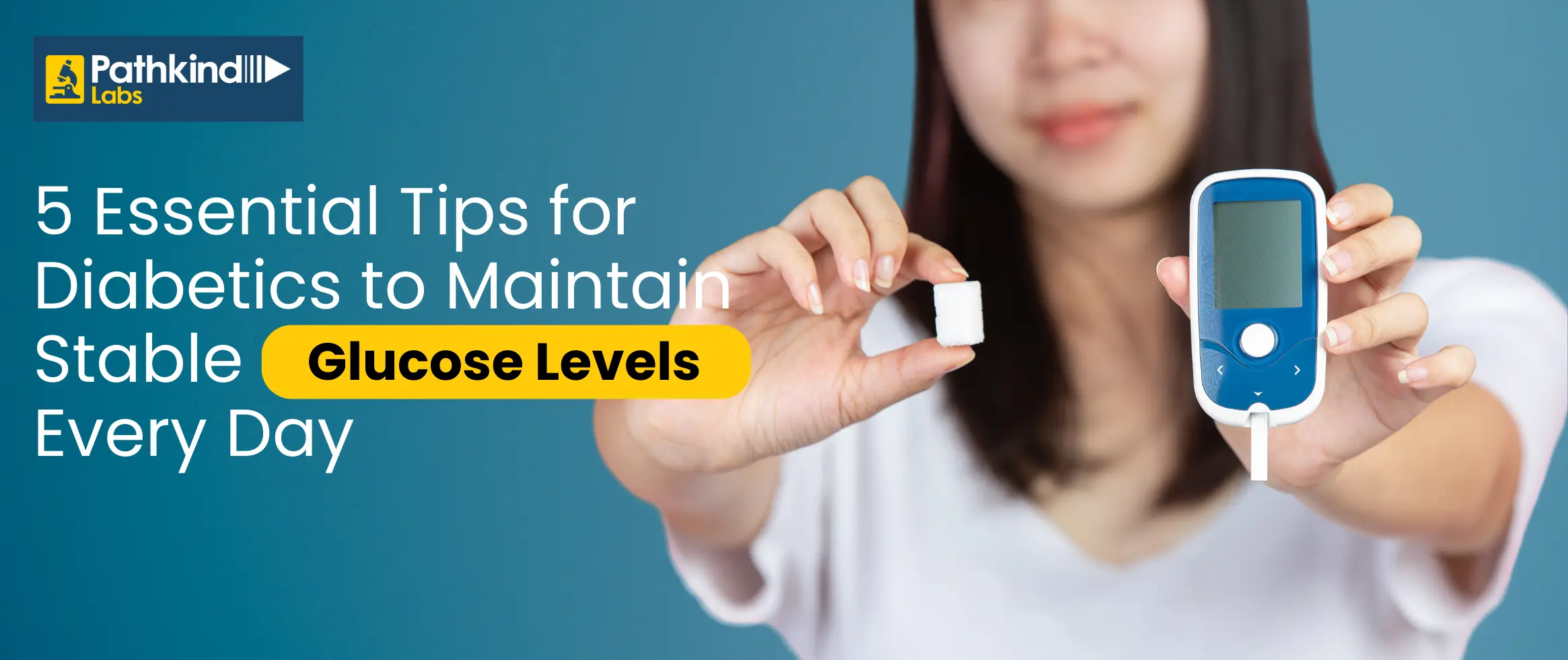Prenatal care professionals identify gestational diabetes through glucose tests. The procedure for the test includes drawing blood and consuming a sugary beverage. This screening is carried out by your prenatal care provider throughout your second trimester. Up to 10% of pregnant women have gestational diabetes, a common disease throughout pregnancy. That implies you have too much glucose, or sugar, in your blood. During a glucose screening, gestational diabetes is looked for. Prenatal care professionals identify gestational diabetes via a glucose test. Gestational diabetes may be problematic for both you and the foetus if it is not addressed.
What is the Gestational Glucose Tolerance (GTT-3) test?
Prenatal care professionals identify gestational diabetes through glucose tests. The procedure for the test includes drawing blood and consuming a sugary beverage. This screening is carried out by your prenatal care provider throughout your second trimester. Up to 10% of pregnant women have gestational diabetes, a common disease throughout pregnancy. That implies you have too much glucose, or sugar, in your blood. During a glucose screening, gestational diabetes is looked for. Prenatal care professionals identify gestational diabetes via a glucose test. Gestational diabetes may be problematic for both you and the foetus if it is not addressed.
Your body uses glucose as a source of sugar to provide its cells energy. Your body converts the food you eat into glucose, which then gets absorbed into your circulation. The glucose from your bloodstream is assisted in entering your body's cells by the hormone insulin, which is produced by your pancreas. The glucose tolerance test, along with other tests, can be used to identify or confirm prediabetes and diabetes by determining how your body processes glucose.
What is the purpose of the Gestational Glucose Tolerance (GTT-3) test?
The glucose tolerance test is one method of determining how efficiently your body metabolises glucose. Your physician may suggest this test for a number of reasons, including the following:
Diagnosing diabetes and prediabetes entails figuring out what is driving any changes in your health that you or your doctor may have seen. If you have symptoms or indicators of diabetes, especially if other tests are negative, a glucose tolerance test may be prescribed.
Gestational diabetes is a kind of diabetes that can appear in women during pregnancy. It can be screened for and diagnosed. Your doctor might advise this testing if you're expecting; it's covered in our guide to Glucose Testing for Gestational Diabetes.
What does the Gestational Glucose Tolerance (GTT-3) test diagnose?
Pregnant women who are in their 24th week of pregnancy are advised to get a gestational glucose test. It is done to evaluate how quickly the body breaks down sugar. Pregnancy-related gestational diabetes is indicated by a high blood sugar level. Usually, the diagnosis takes three to four hours. Gestational diabetes is very common among pregnant women, but it should be treated as soon as possible since it might complicate pregnancy. The glucose tolerance test assesses how much glucose is still present in your blood after a period of fasting and after consuming sugary beverages at predetermined intervals. Milligrams per decilitre, or mg/dL, is the standard unit of measurement for blood glucose levels.
Why do you need a Gestational Glucose Tolerance (GTT-3) test?
During pregnancy, the glucose challenge test is done to check for gestational diabetes. Women who are at an elevated risk of developing gestational diabetes due to a history of gestational diabetes during a prior pregnancy and who have previously given birth to a baby weighing more than 4 kg may be advised to do the test. Adults can also be tested for diabetes and pre-diabetes with the GTT. At 24 to 28 weeks of gestation, it is advised that all pregnant women be screened for gestational diabetes mellitus (GDM). Your doctor could advise being screened as soon as your first prenatal appointment if you have a high risk of gestational diabetes. Risk elements might include:
- Having or being a person with a body mass index of 30 or higher (obesity).
- Diabetes during a previous pregnancy.
- Being affected by a health issue like polycystic ovarian syndrome or metabolic syndrome, which are linked to the development of diabetes.
- A blood relative has diabetes.
- Having previously delivered a child that weighed more than 9 pounds (4.1 kilograms)
Most pregnant mothers with gestational diabetes have healthy infants. Gestational diabetes, however, can create pregnancy problems including a dangerous disease that results in high blood pressure and other symptoms that might endanger the lives of both the mother and the unborn child without careful management (preeclampsia). The chance of having a baby with an excessive birth weight, which might raise the possibility of birth trauma or necessitate a C-section, is also increased by gestational diabetes. Women who have experienced gestational diabetes are likewise more likely to develop type 2 diabetes.
Preparation and procedure of the Gestational Glucose Tolerance (GTT-3) test
If a patient is instructed to undergo a glucose tolerance test, the following issues must be addressed: On the day before the test, have a typical diet. Eight to twelve hours before to the test, avoid food, liquids, and activity. The patient must abstain from food and liquids other than water from 8 to 12 hours before to the test until it is completed. Before the test's conclusion, the patient must wait at the clinic (about 4 hours) A urine sample from the patient can be required in addition.
The steps are as follows and the test takes a little longer than typical tests:
- A blood sample (sample 1) will be taken from the patient initially.
- The Baseline Level is the blood sugar level found in sample 1. 75g of sugar will be added to the patient's solution. A second blood sample (sample 2) will be taken after an hour.
- A third sample (sample 3) will be taken after an additional hour (2 hours).
- The patient will be instructed to consume a 100-sugar solution. The blood will be collected for sample 4 after an additional hour (3 hours).
- Blood sugar levels will be assessed for each of the 4 samples.
You could feel a little discomfort where the blood was drawn following the series of blood draws. After your glucose tolerance test, you may usually get back to your routine. You can resume eating when the exam is over. You might want to bring a snack with you to the testing location so you'll have something to eat after the last blood draw is done.
Understanding Gestational Glucose Tolerance (GTT-3) test results
The glucose challenge test results are reported in millimoles per litre (mmol/L) or milligrammes per deciliter (mg/dL).
- Normal level - Blood sugar level of less than 140 mg/dL (7.8 mmol/L)
- For the diagnosis of gestational diabetes, blood sugar levels between 140 mg/dL (7.8 mmol/L) and less than 190 mg/dL (10.6 mmol/L) require a three-hour glucose tolerance test.
- An elevated blood sugar level of 190 (10.6 mmol/L) or above indicates gestational diabetes.
- When screening for gestational diabetes, some clinics or laboratories utilise a lower threshold of 130 mg/dL (7.2 mmol/L).
By constantly monitoring your blood glucose level for the balance of your pregnancy, you can avoid problems if gestational diabetes is found in you. A two-hour glucose tolerance test should be administered to women with gestational diabetes 4 to 12 weeks after delivery, according to Obstetricians and Gynaecologists.
















